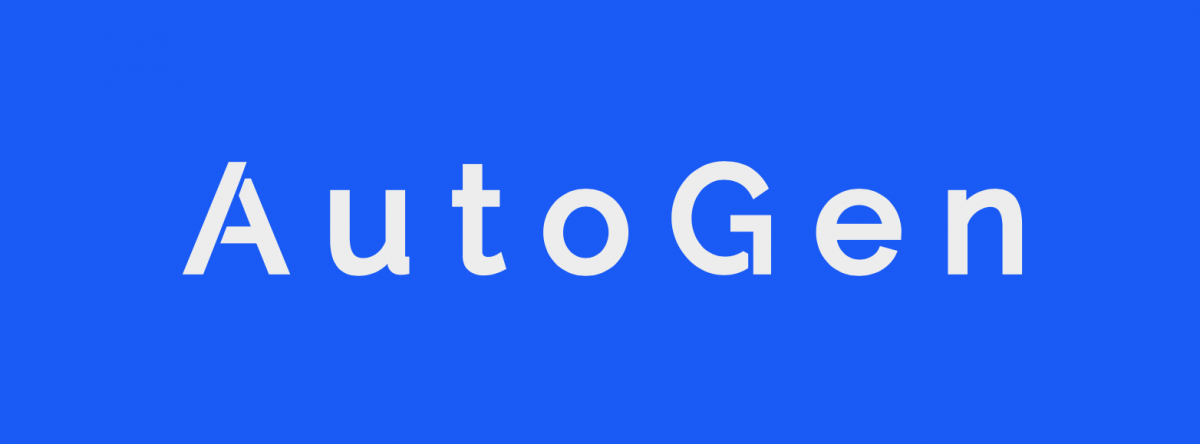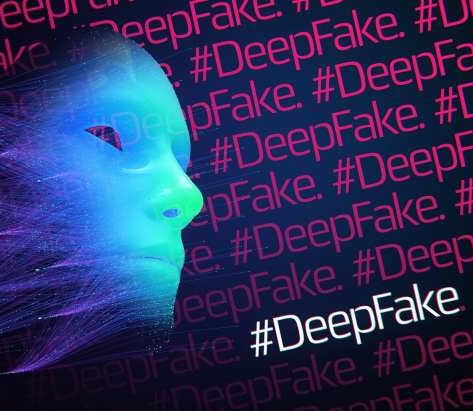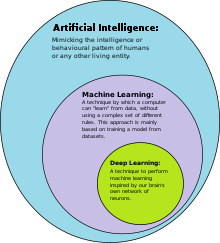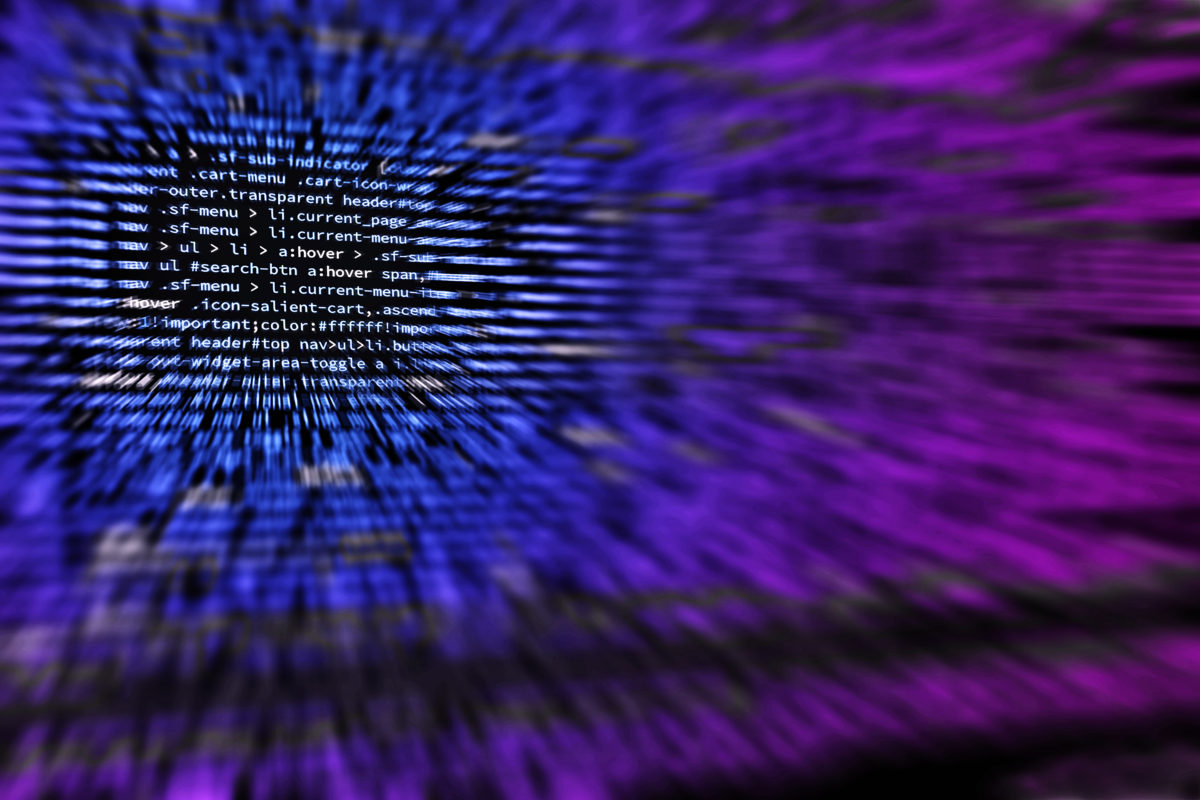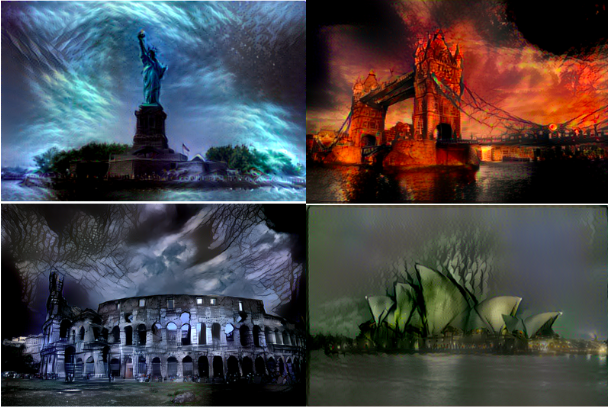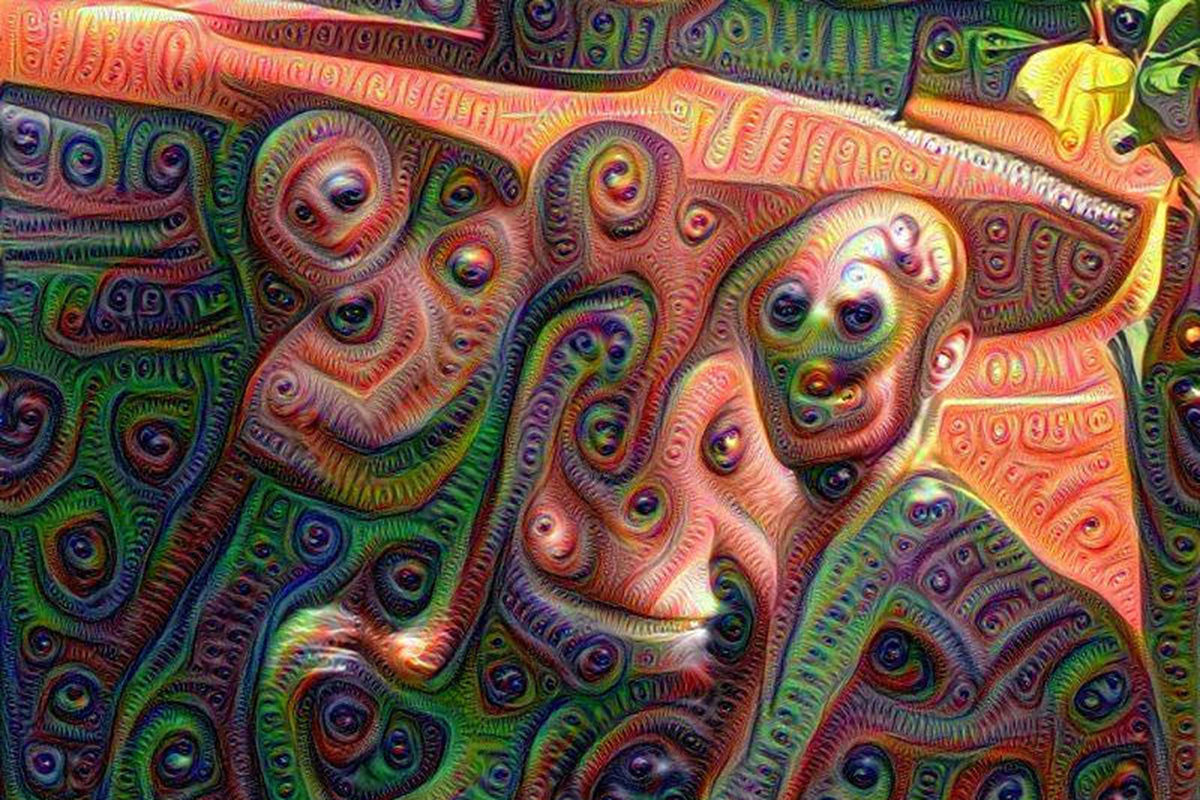4.6/5 (5) So, you’ve decided to read a blog about artificial intelligence making art, one of the activities that is considered impossible for computers to do due to the necessity of certain human cognitive traits that we have yet to understand ourselves? Well, without discussing the definition of art too much, I would like to tell you about the rapidly succeeding developments in the world of AI and how its applications are surprising scientists as they are becoming less dependent on human input and doing unprecedented complex tasks.

To understand how pictures like the above are created with AI, we need to understand how artificial neural networks work.
Artificial neural networks make use of ‘nodes’ and are based on biological neural networks like you and I have. It is a hierarchy of these nodes and each node completes a very specific simple task, i.e. recognizing patterns and ‘firing’ a signal to a node higher up in the hierarchy when it does. For example, one node is specialized in recognizing the slash ( / ), for example in the letter A ( /-\ ). Another node is specialized in recognizing the backslash ( \ ), and when a node higher up in the hierarchy receives a signal of the slash, ( / ), backslash ( \ ), and dash ( – ) nodes, it recognizes the letter A. In the same way, other letters are recognized and a few levels up in the hierarchy the nodes “Apple” or “cAr” are activated, depending on the other signals. The higher in the hierarchy, the more abstract these nodes become as the combination of more complex patterns increase.

The above is called deep learning and is part of the family of machine learning methods. These neural networks start ‘empty’ and are fed with incredible amounts of data, for example the whole google images catalog of cat pictures. Without supervision of you or me the program learns itself to distinguish a cat from a picture with a cat and a dog in it. Recognizing if a cat is a cat and not a dog is an example of a task that is effortless for humans, but has been extremely difficult for a piece of software to do.
Artificial intelligence is getting smarter. Not only are they telling us which movie to watch or what music to listen, recently there were AI programs that compiled a song, made a movie trailer, wrote a book, defeated the world champion in the Chinese game GO and won the TV show Jeopardy (the last two need a story of their own).
This brings us to the art that AI has been creating since a year. Researchers at Google realized that, after letting a artificial neural network learn, they could reverse the process. So instead of giving the program an image and asking what was on the image, they gave the program so called ‘white noise’, i.e. no object, and asked the program to create a picture of what it saw. As a result, the program started to look for patterns and created images of objects it ‘thought’ it saw, ending in images like these (there is a link behind the image with more of these).




Some people took it further and programmed the program to zoom into the picture it made, resulting in an infinite source of new patterns and new objects to create.

AI is getting smarter as not only computing power but also techniques are improving. Researchers are getting unexpected output like the animated gif above and are surprised by the effectiveness of neural networks.
Although I think this is art, there are discussions on whether AI will ever succeed in human tasks like creating art. What do you think? Share your thoughts!
Joep Beliën
Wikipedia. (2016). Artificial neural network. [online] Available at: https://en.wikipedia.org/wiki/Artificial_neural_network [Accessed 4 Oct. 2016].
Newsweek. (2016). Can an artificially intelligent computer make art?. [online] Available at: http://europe.newsweek.com/can-artificially-intelligent-computer-make-art-462847?rm=eu [Accessed 4 Oct. 2016].
Casey, M. and Rockmore, D. (2016). Looking for art in artificial intelligence. [online] Phys.org. Available at: http://phys.org/news/2016-05-art-artificial-intelligence.html [Accessed 4 Oct. 2016].
Wikipedia. (2016). Deep learning. [online] Available at: https://en.wikipedia.org/wiki/Deep_learning#Deep_neural_network_architectures [Accessed 4 Oct. 2016].
Furness, D. (2016). Google’s newly launched Magenta Project aims to create art with artificial intelligence. [online] Digital Trends. Available at: http://www.digitaltrends.com/cool-tech/ai-art-google-magenta-project/ [Accessed 4 Oct. 2016].
IFLScience. (2016). Google’s AI Can Dream, and Here’s What it Looks Like. [online] Available at: http://www.iflscience.com/technology/artificial-intelligence-dreams/ [Accessed 4 Oct. 2016].
Wikipedia. (2016). Jeopardy!. [online] Available at: https://en.wikipedia.org/wiki/Jeopardy! [Accessed 4 Oct. 2016].
Mordvintseev, A., Olah, C. and Tyka, M. (2015). Inceptionism: Going Deeper into Neural Networks. [online] Research Blog. Available at: https://research.googleblog.com/2015/06/inceptionism-going-deeper-into-neural.html [Accessed 4 Oct. 2016].
PBS Idea Channel, (2016). Can an Artificial Intelligence Create Art?. video] Available at: https://www.youtube.com/watch?v=Sbd4NX95Ysc [Accessed 4 Oct. 2016].
